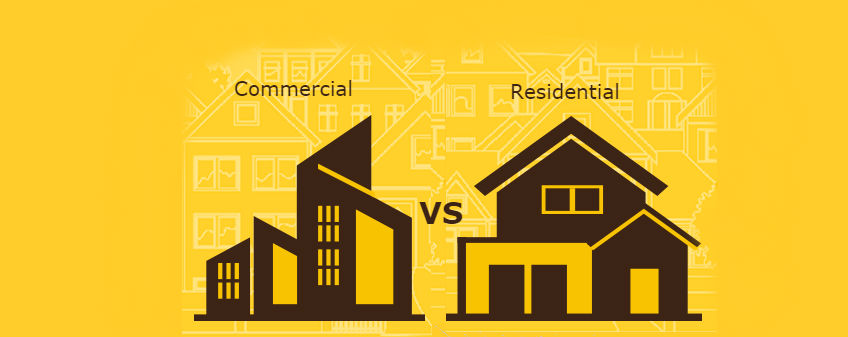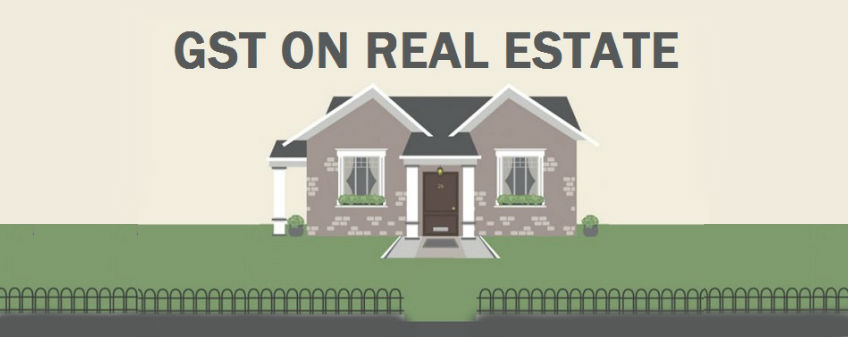For those looking to invest in real estate, investing in a commercial property rather than residential can be a better option. Commercial property ensures higher return over residential, while giving a steady flow of income.
The difference between residential and commercial real estate, from an investment point of view is that rental yields are higher in the latter. In the past two years, residential real estate has seen more appreciation but it has peaked out. Office space continues to give better rental yields. In residential property, (annual) rental yields are around two per cent, while in the case of office space, it is eight to 11 per cent and picking up.
By investing in just one commercial real estate deal you have much greater income potential than one residential deal. Whether you invest in an apartment building, strip mall, office building, or multi-purpose commercial building, you have more rent coming in from more people in one location. Commercial properties can make between 6 and 12% ROI as opposed to 1 to 4% for residential properties. Commercial real estate leases are generally much longer. This helps with the stability of your cash flow.
Some of a commercial property’s value is based on its income generating potential, increasing the incoming of your commercial property can force appreciation. This is not possible with residential properties.
Once you take the time to understand the ins and outs of commercial real estate investing, it can be extremely rewarding both financially and personally. So, what are you waiting for?

